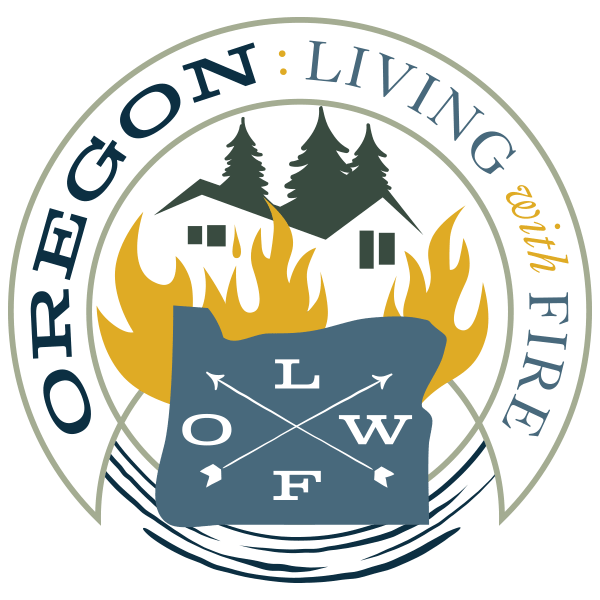success stories
There are numerous programs and local success stories in Central Oregon to highlight. None of these programs occur in a silo or completely independent of other successful collaborative groups in Central Oregon.
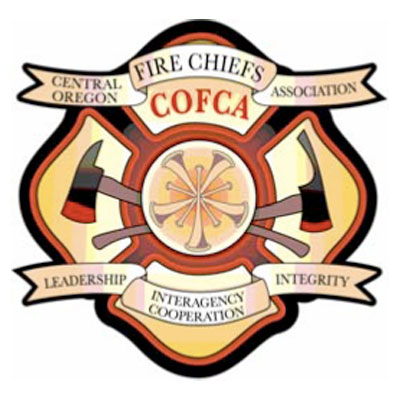
Central Oregon Fire Chief’s Association
The purpose of this Association is to further the professional advancement of the fire service to ensure and maintain the greater protection of life and property from fire, natural and man-made disaster, or other emergency services of Central Oregon. The membership meets every other month to discuss local issues.
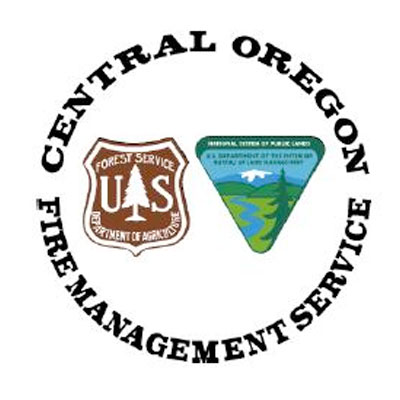
Central Oregon Fire Management Service
The Central Oregon Fire Management Service (COFMS) area includes the Deschutes National Forest, the Ochoco National Forest, the Crooked River National Grassland, and the Prineville District BLM. These four units are managed cooperatively under combined leadership, with decision makers from both agencies. The COFMS boundary has been divided into five planning units called Divisions to facilitate fire suppression and fire management activities.
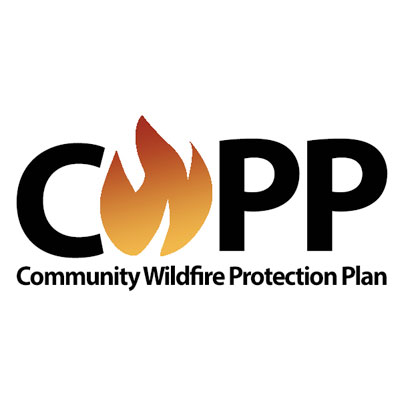
Community Wildfire Protection Plans (CWPPs)
Community Wildfire Protection Plans (CWPPs) are the result of the Healthy Forest Restoration Act of 2003 which, as part of a historical bipartisan legislative effort, call for communities to collaborate with state and local agencies to determine priorities for hazardous fuels projects on federal and private lands in the wildland-urban interface (WUI).
It also allows communities to develop and list priorities that affect their ability to survive a wildland fire in their area. Egress, education and water availability are some of the other issues that communities may address in their plans. Across, Central Oregon, each community has been collaborating with forest and fire management agencies to identify risks and outline strategies to address them.
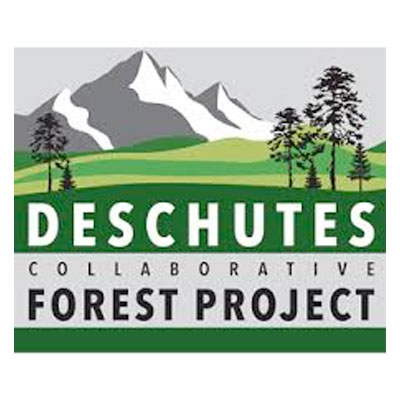
Deschutes Collaborative Forest Project
The Deschutes Collaborative is a group of diverse stakeholders bringing our community together to improve the health of our forest, supporting active restoration projects to reach common goals: reduced risk of catastrophic effects of wildfire; improved wildlife and fish habitat; thriving local businesses that depend on the forest; and the well-being of those who work in, live by and love our forest.
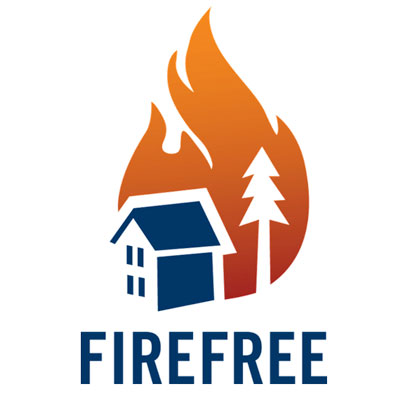
FireFree
A program that is intended to inform homeowners how to defend their homes by creating defensible space, which is defined as at least a 30-foot buffer zone of reduced vegetation around a home to mitigate the effects of advancing fire. The premise of FireFree was first to change the behavior and over time, the attitudes and culture about wildfire preparedness. The FireFree program in Central Oregon is based on a ten-step checklist that any homeowner can use to define defensible space around their home.
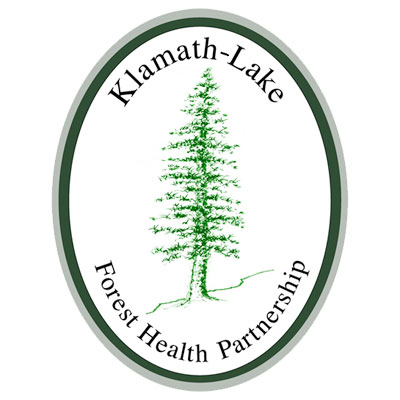
Klamath Lake Forest Health Partnership
The Klamath Lake Forest Health Partnership (KLFHP) is a cooperative network of diverse local and regional partners who have come together to address forestland management in the region.
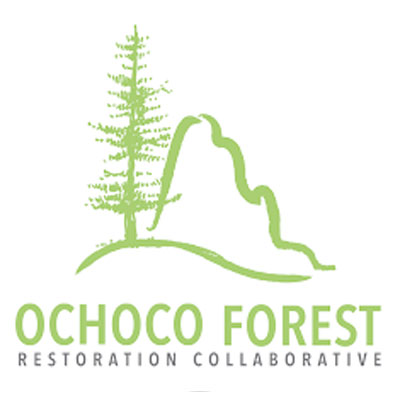
Ochoco Forest Restoration Collaborative
The Ochoco Forest Restoration Collaborative forges solutions to the challenges facing our national forest and the Crooked River Grassland based on good science and social values. We get behind projects like thinning stands of trees that are too dense, replanting for more diverse vegetation, prescribed fires to reduce fire risks and improve habitat, and timber harvests that are scaled to make sense.
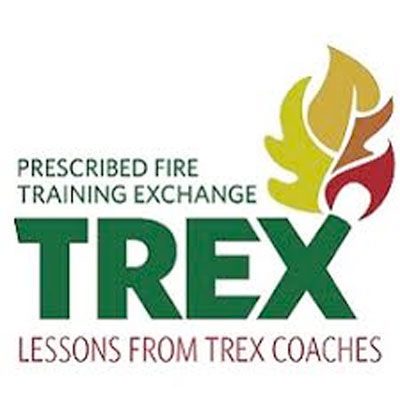
Prescribed Fire Training Exchange
Prescribed Fire Training Exchanges (TREX) and cooperative burns provide experiential training that builds robust local capacity for fire management and offers professional fire practitioners a more holistic perspective—while implementing treatments that support community and landscape objectives.
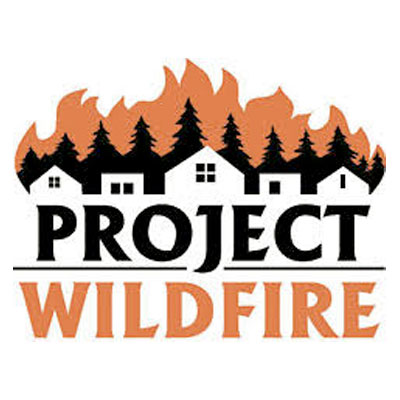
Project Wildfire
Project Wildfire’s mission is to prevent deaths, injuries, property loss, and environmental damage resulting from wildfires in Deschutes County. They facilitate fire adapted communities’ best practices through collaboration and innovation.
